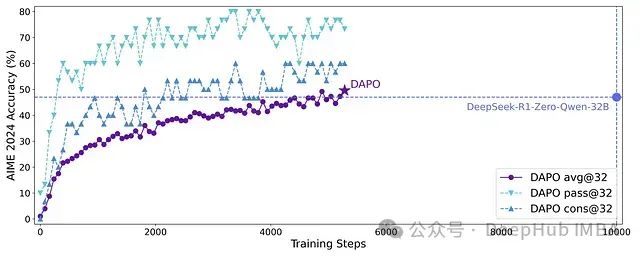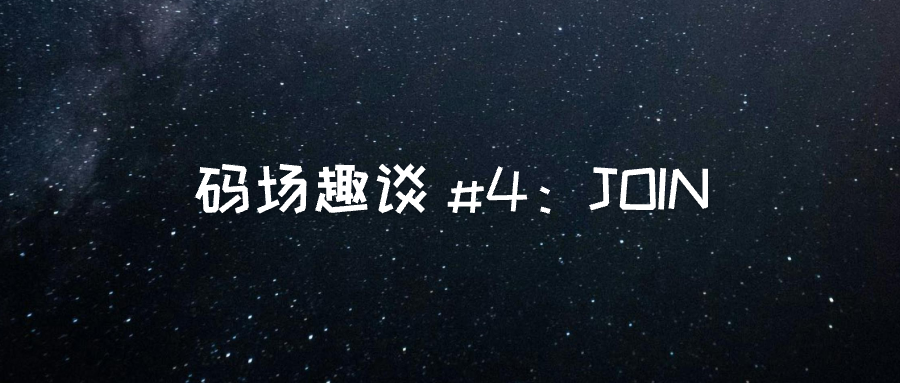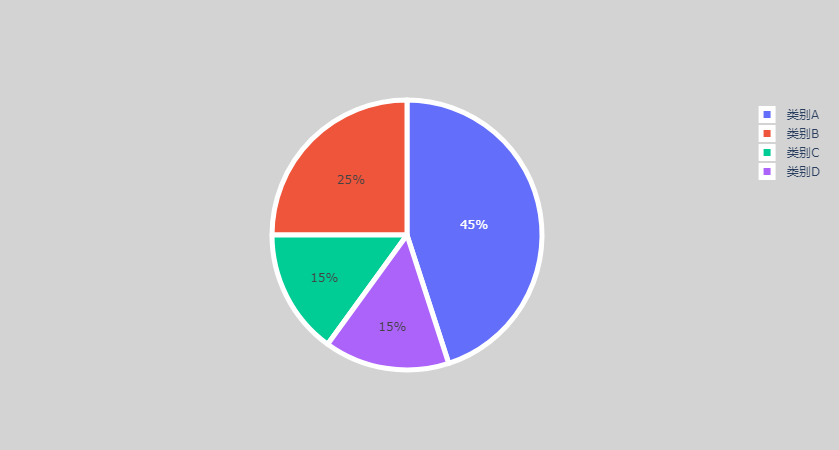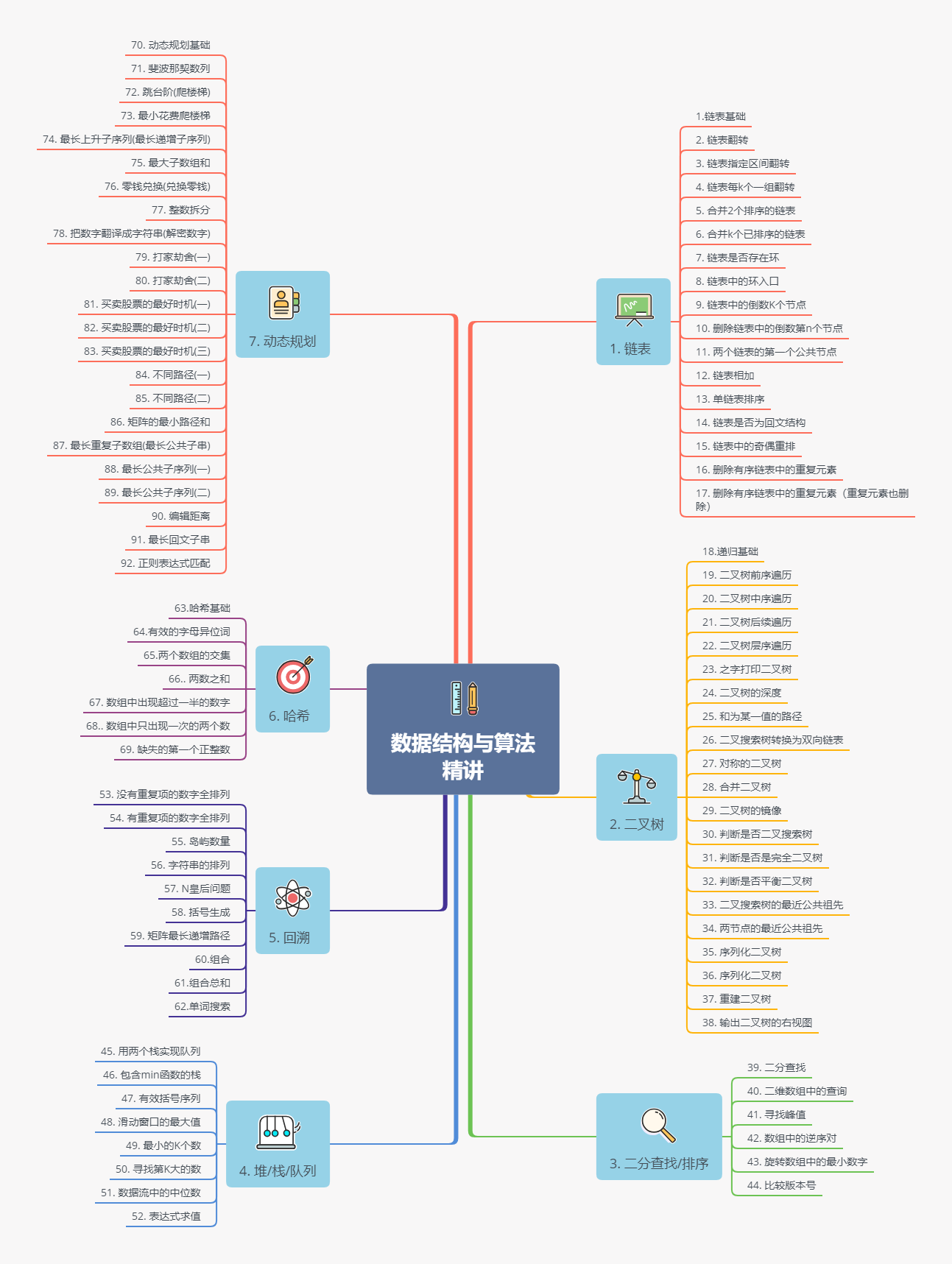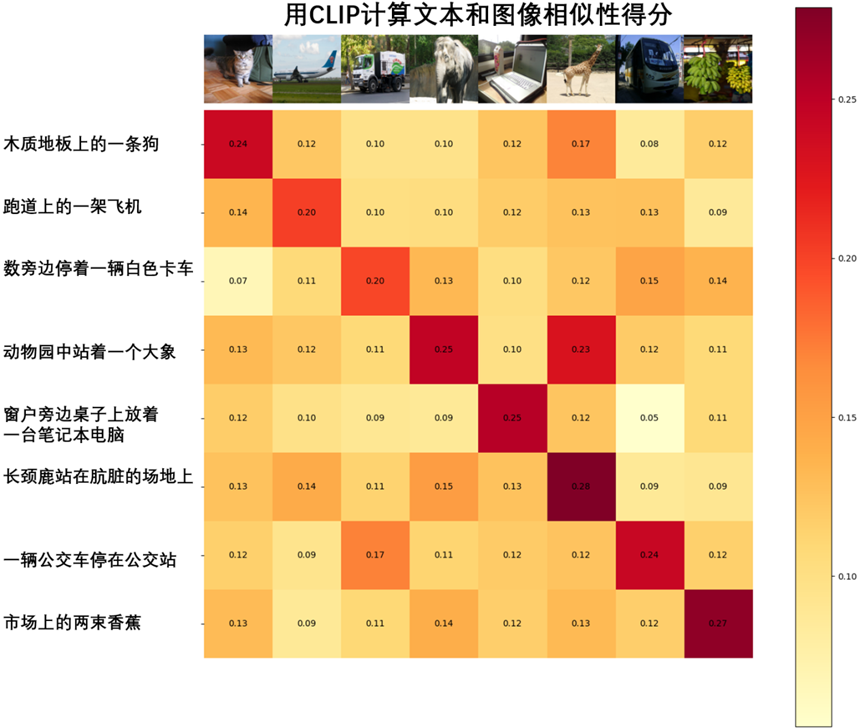The first two multimodal writing workshops reshaped my understanding of communication. I learned that blending visual, auditory, and linguistic modes—like adding images, music, and text—enhances storytelling and clarity. For example, embedding background music in a narrative assignment deepened emotional impact, while experimenting with camera angles highlighted the power of intentional design.
This knowledge is highly practical. I now create presentations with infographics and vocal emphasis to engage audiences, and craft social media posts using multimodal principles for wider appeal. However, challenges like technical jargon and complex tools could be simplified with analogies or step-by-step tutorials. Collaborative analysis of real-world examples, such as TED Talks, might also bridge theory and practice.
Personally, these workshops sparked curiosity and resilience. Overcoming hurdles like sourcing images or editing software boosted my confidence. I now analyze everyday communication—ads, lectures, even conversations—through a multimodal lens, understanding how colors, tone, and layout shape meaning. This shift has made me both a critical consumer and a more innovative creator.
In essence, multimodality is no longer optional but essential in our digital age. These workshops equipped me with tools to communicate more dynamically, and I’m eager to apply these skills moving forward.
Reflective Journal on Multimodal Writing Workshops
本文来自互联网用户投稿,该文观点仅代表作者本人,不代表本站立场。本站仅提供信息存储空间服务,不拥有所有权,不承担相关法律责任。如若转载,请注明出处:http://www.hqwc.cn/news/908034.html
如若内容造成侵权/违法违规/事实不符,请联系编程知识网进行投诉反馈email:809451989@qq.com,一经查实,立即删除!相关文章
test_your_nc 1(含前提简要)
前提简要:
虚拟机版本:Ubuntu24.04
pwn环境搭配如下(后面若有其他这个链接没有配置上的工具,都会在相应题目部分给出更新/分享/提示)
Pwn环境搭建
都是基于个人理解,不一定完全正确!!!
题目:先启动靶机
方法一:
常规测试
直接在虚拟机nc与靶机进行连接
这道题连接后可能…
双向可控硅的基本原理阐述
双向可控硅的基本原理阐述正向--第1象限
(1)当T2、T1极间加正方向电压(即UT2〉UT1)时,如下图1-13(a)所显示。在这样的情况下,若G极无电压,则T2、T1极间不导通;若在G、T1极间加正方向电压(即UG〉UT1),T2、T1极间马上导通,电流由T2极流入,从T1极流出,这时移去G极…
DAPO: 面向开源大语言模型的解耦裁剪与动态采样策略优化系统
在人工智能技术快速迭代发展的背景下,大语言模型(LLMs)已成为自然语言处理与生成领域的核心技术。然而,将这些模型与人类偏好精确对齐并增强其复杂推理能力的挑战,促使研究者开发了一系列复杂的强化学习(RL)技术。DAPO(解耦裁剪和动态采样策略优化,Decoupled Clip and…
mysql咋了?不慌,连接不上而已。
【问题】 【自言自语】没乱整啥呀,怎么突然连不上了?先上网看看,看了几篇,好麻烦,感觉不太符合我这个问题症状。先按自己的感觉试试吧。
【解决】
Win+r后在“运行”窗口输入“services.msc”,找到mysql,重启或启动它。
Problem Set 4
Problem Set 4.1
Problem 4.1.1
Problem 4.1.2(问下cyj,没有检查)
\((1)\)不平衡,反例如下\((2)\)平衡,按照\(k\)归纳(归纳更强的结论:当二叉树满足题述性质的时候,二叉树一定是完全二叉树)
当\(k=0\)的时候,此时没有节点,显然是一个完全二叉树
当\(\forall k<c\…
MySQL JOIN 操作:数据表的联谊派对指南
MySQL JOIN 操作:数据表的"联谊派对指南" 🎭
数据也有社交需求!在 MySQL 的世界里,孤独的表想要邂逅另一张表时,就需要参加一场 JOIN 派对...
什么是 JOIN 操作?🤔
JOIN 操作就是让两张或多张表建立临时关系,从而能够在一次查询中获取多个表的数据。简单来…
读DAMA数据管理知识体系指南35数据仓库和商务智能活动
读DAMA数据管理知识体系指南35数据仓库和商务智能活动1. 活动
1.1. 理解需求1.1.1. 构建一个数据仓库与开发一套业务系统不同1.1.2. 业务系统的开发取决于精确的、具体的业务需求1.1.3. 数据仓库建设则是把数据汇集在一起,再以各种不同的方式使用这些数据1.1.4. 要考虑业务目标…
『Plotly实战指南』--饼图绘制基础篇
在数据可视化的世界里,饼图是一种直观且广泛使用的图表类型。
它能够将数据各个部分占整体的比例关系清晰地展现出来,适用于诸如市场占有率分析、调查结果分布、预算分配等多个领域。
饼图以扇形面积比例直观展示数据分布,适合用于:分类数据的占比分析(如市场份额、用户画…
可视化图解算法: 二叉树的前序遍历
对于二叉树的相关算法,我们总结了一套【可视化+图解】方法,依据此方法来解决相关问题,算法变得易于理解,写出来的代码可读性高也不容易出错。1. 题目
描述
给你二叉树的根节点 root ,返回它节点值的 前序 遍历。
数据范围:二叉树的节点数量满足 0≤n≤100 ,二叉树节点的…
2025成都.NET开发者Connect圆满结束
2025年成都.NET开发者Connect线下聚会活动于3月29日圆满结束,本次活动吸引了约30位.NET开发者朋友参与,他们分别来自成都各家技术公司,相聚城南华府国际A座24楼会议区,共同探讨.NET+AIGC & Agile101相关话题。大家好,我是Edison。
2025年成都.NET开发者Connect线下聚会…
AMD GPU上对比语言图像预训练(CLIP)模型的交互(下)
3. 步骤3:检查图像和文本
将COCO数据集中的8幅样本图像及其文本描述输入模型,并比较相应特征之间的相似性。
import os
import matplotlib.pyplot as plt
from PIL import Image# 使用COCO数据集中的图像及其文本描述
image_urls = ["*/6/8378612_34ab6787ae_z.jpg&quo…


